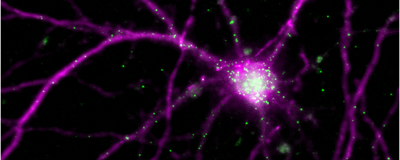Login
Subscribesynapses
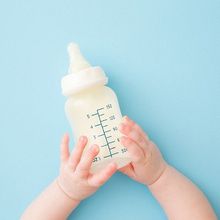
Myo-inositol in Human Breast Milk Improves Brain Connectivity
Charlene Lancaster, PhD | Oct 16, 2023 | 4 min read
Researchers find that the sugar myo-inositol is abundant early in lactation and increases synapse size and abundance in the developing brain.

On-Again, Off-Again Connections Advance Eye Regeneration
Iris Kulbatski, PhD | Jul 10, 2023 | 3 min read
Researchers track neural connections between retinal cells in a dish to understand their therapeutic potential.

2023 Brain Prize Awarded for Research on Synaptic Plasticity
Natalia Mesa, PhD | Mar 23, 2023 | 3 min read
The Lundbeck Foundation announces an international cohort of neuroscientists have collectively won the €1.3 million Brain Prize.
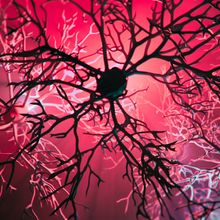
SNO-y Protein Levels Help Explain Why More Women Develop Alzheimer’s
Dan Robitzski | Jan 6, 2023 | 4 min read
Female postmortem brains contain more S-nitrosylated C3 proteins, likely linked to menopause, which instruct immune cells to kill neuronal synapses.
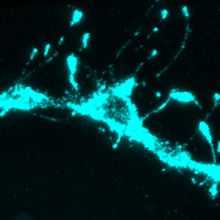
Silent Synapses May Provide Plasticity in Adulthood
Holly Barker, PhD | Dec 13, 2022 | 4 min read
Inactive synapses—found on tiny neuronal projections called filopodia—are abundant in the adult brain, a mouse study suggests.

Famed Neuroscientist Charles Stevens Dies at 88
Lisa Winter | Nov 9, 2022 | 3 min read
His work blended biology and the methods of theoretical physics to explain neural networks.
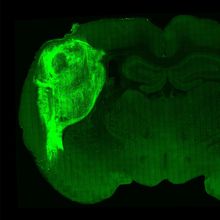
Researchers Transplant Human Neurons into Rat Brains
Katherine Irving | Oct 12, 2022 | 2 min read
The human cells, engineered to respond to blue light, influenced rat behavior when stimulated.
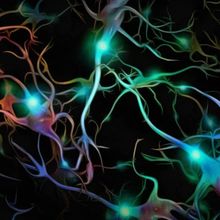
How Fear Restructures the Mouse Brain
Natalia Mesa, PhD | Aug 15, 2022 | 4 min read
By combining deep learning and electron microscopy, researchers now have a more detailed understanding of how fear changes the brain.
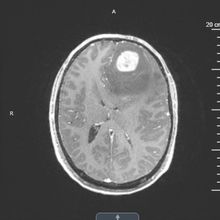
Glioblastoma Cells Imitate Immature Neurons to Invade the Brain
Sophie Fessl, PhD | Aug 5, 2022 | 3 min read
Neuron-like glioblastoma cells are the pioneers of deadly tumors’ spread through the brain, contributing to their devastating invasiveness, a study in mice finds.

Giannina Descalzi Studies the Factors Underlying Chronic Pain
Natalia Mesa, PhD | May 16, 2022 | 3 min read
The University of Guelph neuroscientist is scoping out the brain regions and genes that change as a consequence of pain that lasts for months or even years.
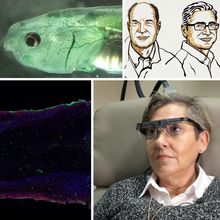
Our Favorite Neuroscience Stories of 2021
Chloe Tenn | Dec 29, 2021 | 4 min read
From a Nobel prize and photosynthesis-powered brains to neurodegeneration research and controversy over a new Alzheimer’s drug, a look back at some of the biggest brain-related developments of the year.
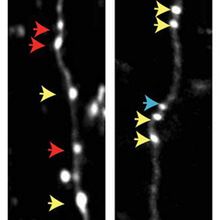
Autism-Linked Gene SYNGAP1 Molds Synaptic Plasticity, Learning
Angie Voyles Askham, Spectrum | Oct 26, 2021 | 4 min read
The finding may help to explain why people with SYNGAP1 mutations tend to have learning difficulties and a high tolerance for pain.
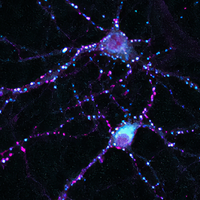
New Role for Leptin: Promoting Synapse Formation in Rat Neurons
Abby Olena, PhD | May 20, 2021 | 3 min read
The hormone, which is well known for regulating appetite, appears to influence neuronal development—a finding that could shed light on disorders such as autism that involve dysfunctional synapse formation.
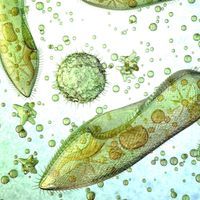
Can Single Cells Learn?
Catherine Offord | May 1, 2021 | 10+ min read
A controversial idea from the mid-20th century is attracting renewed attention from researchers developing theories for how cognition arises with or without a brain.
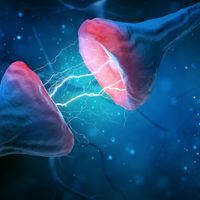
Flexible Synapse Strength May Underpin Mammal Brain’s Complexity
Asher Jones | Mar 24, 2021 | 3 min read
Neural connections in the mouse neocortex can release multiple packages of neurotransmitters per electrical impulse, a study finds.
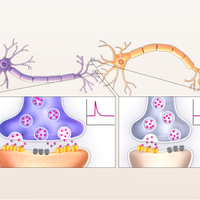
Infographic: A New Model of Synapse Strength
Asher Jones | Mar 24, 2021 | 1 min read
Synapses in the mouse neocortex can release multiple packages of neurotransmitters, suggesting that connection strength is more flexible than previously thought.
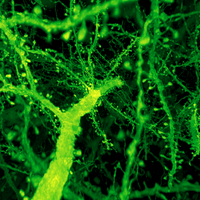
New Technique Captures Entire Fly Brain in 3D
Carolyn Wilke | Jan 18, 2019 | 2 min read
The method combines two approaches to reveal a high-resolution map of all 40 million synapses.

Certain Glial Cells Appear to Help Prevent Muscle Fatigue
Ashley Yeager | May 1, 2018 | 3 min read
The flow of calcium and potassium ions keeps muscles contracting in the diaphragms of neonatal mice, but if a key protein receptor is missing, fatigue sets in more quickly.
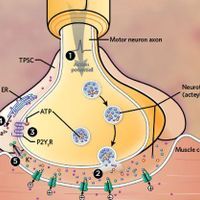
Infographic: Getting Synapses Ready to Fire
Ashley Yeager | Apr 30, 2018 | 1 min read
A new study reveals more about the role of specialized Schwann cells at junctions between neurons and muscle cells.
